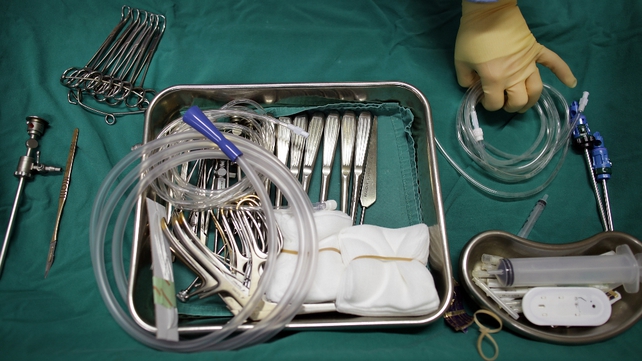To help remove the mystery associated with
Randomized Control Trials (RCT), included is a review of a recent Library acquisition -
JADAD and ENKIN'S - Randomized Control Trials (RCT) - Questions, Answers and Musings (BMJ Books - 2nd edition)
LOCATED AT -
615.50724 JAD
Department of Anaesthesia and Perioperative Medicine, Alfred Hospital and Monash University, Victoria
Since my early days in medicine, and later, clinical research, I was told and have taught that a double-blind randomised controlled trial (RCT) is the gold standard when evaluating new treatments in clinical settings. A sure way to avoid bias! But the results of an RCT, or its interpretation, can be misleading. It would be fair to say that all readers of this journal know of some RCTs that have been badly conducted, reported and interpreted and so have often disappointed. It is these issues that are nicely explored in this book: the authors state (p. 44), “Both of us were, and are, strong and enthusiastic proponents of RCTs. Indeed our support for RCTs has become even stronger as we have become more aware of their limitations. But it is no longer a blind faith, rather one that has been through and survived the crisis of doubt.”
This small, easy-to-read book explores the basic principles and purpose of randomisation in trial design, sources of bias, assessment of quality and recommendations for reporting trials, meta-analysis, and their roles in evidence-based practice. To my mind the best chapters are those detailing the many sources of bias, and the importance of clinical decision-making when determining whether a published RCT is relevant to an individual practice. Most readers would be aware of selection bias and ascertainment bias, but what about rivalry bias, small trial bias, flashy title bias, and belligerence bias? We know that the interpretation of medical ‘facts’ is heavily influenced by the vagaries of human perception and behaviour (and they’re not all nice).
One of the appealing features of this book is the musings section at the end of each chapter. Here the authors bring their own personal views and experience into play, dissecting the strengths and weaknesses of what is detailed in the particular chapter. For instance, on decision making they state, “we believe that the still present tendency to place RCTs at the top of the evidence hierarchy is fundamentally wrong … we are also very concerned that over-emphasis on randomised trials will divert scare resources from more relevant research into the determinants of health and illness, and blind us to the vital roles of common sense, experience, and personal values in health care”. Is it unethical not to do an RCT? Why is it that repeated calls for systematic reviews to be a requirement as a preamble to any proposed RCT remains unheard? Such musings provide food for thought, challenging established dogma and perhaps some of the readers’ beliefs. Evidence-based medicine might be a good thing, but it is dependent on progress in trial design, interpretation and uptake into clinical practice. This book is a welcome addition to my department's library.









helpkillbraintumor.jpg)







.jpg)
























